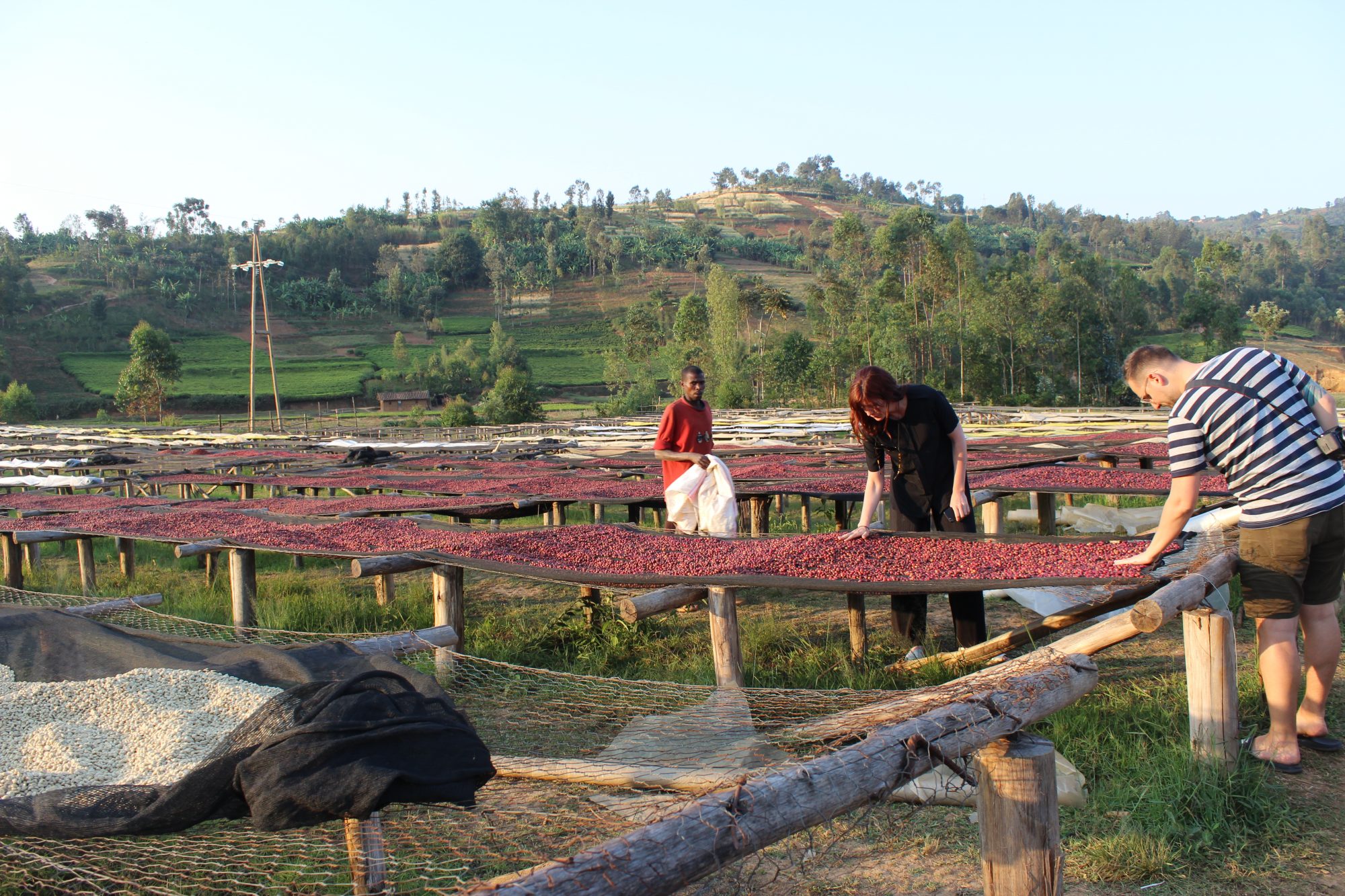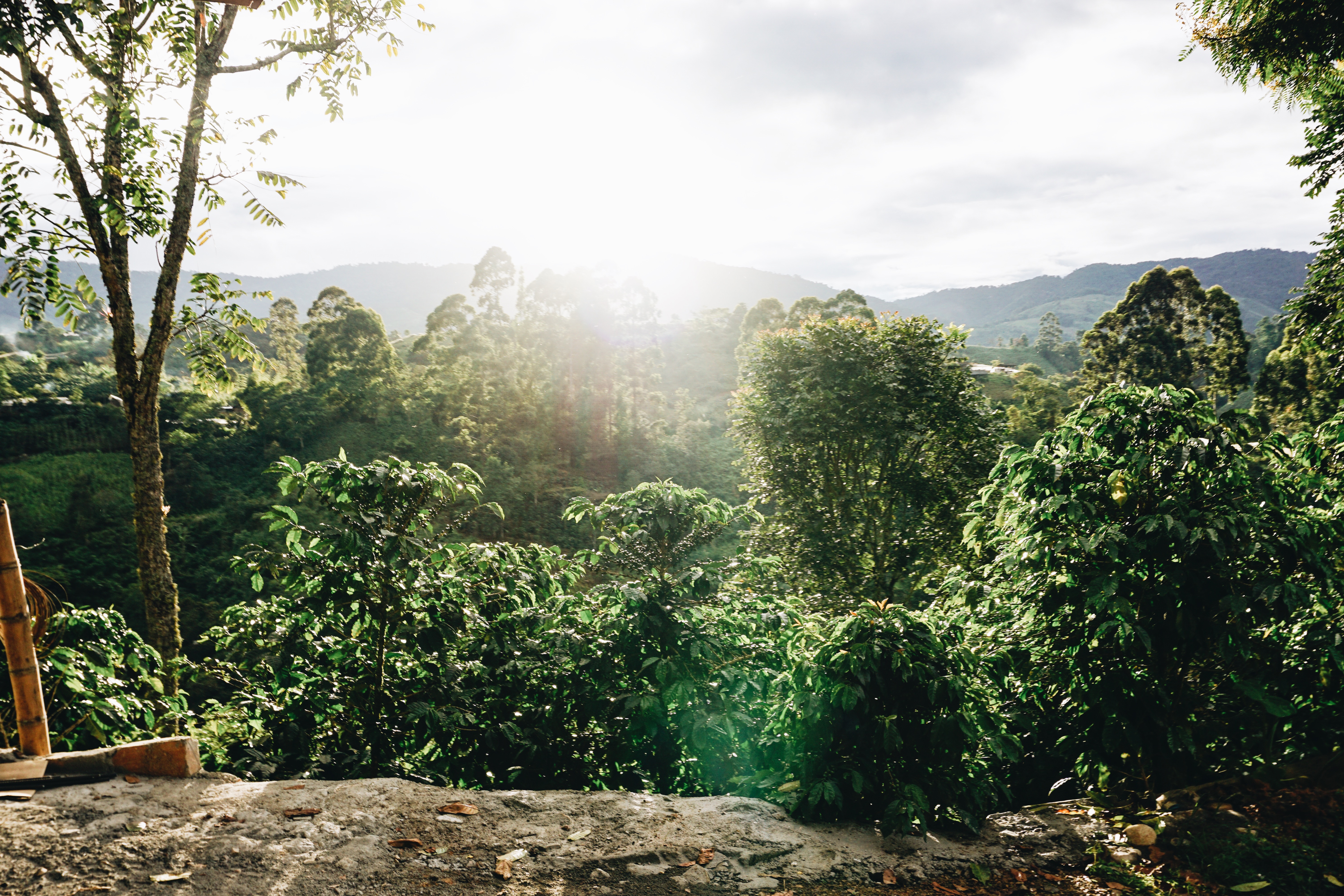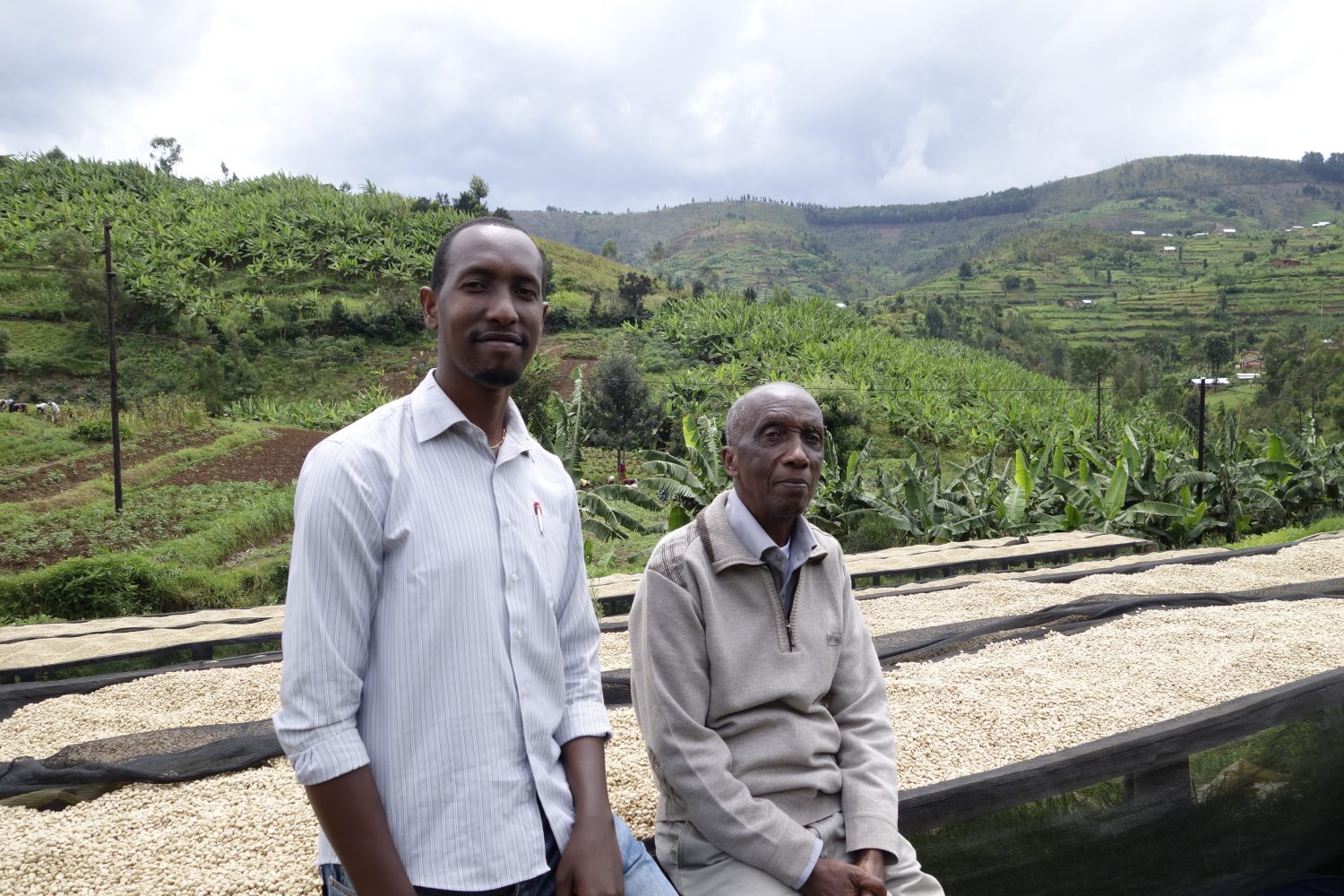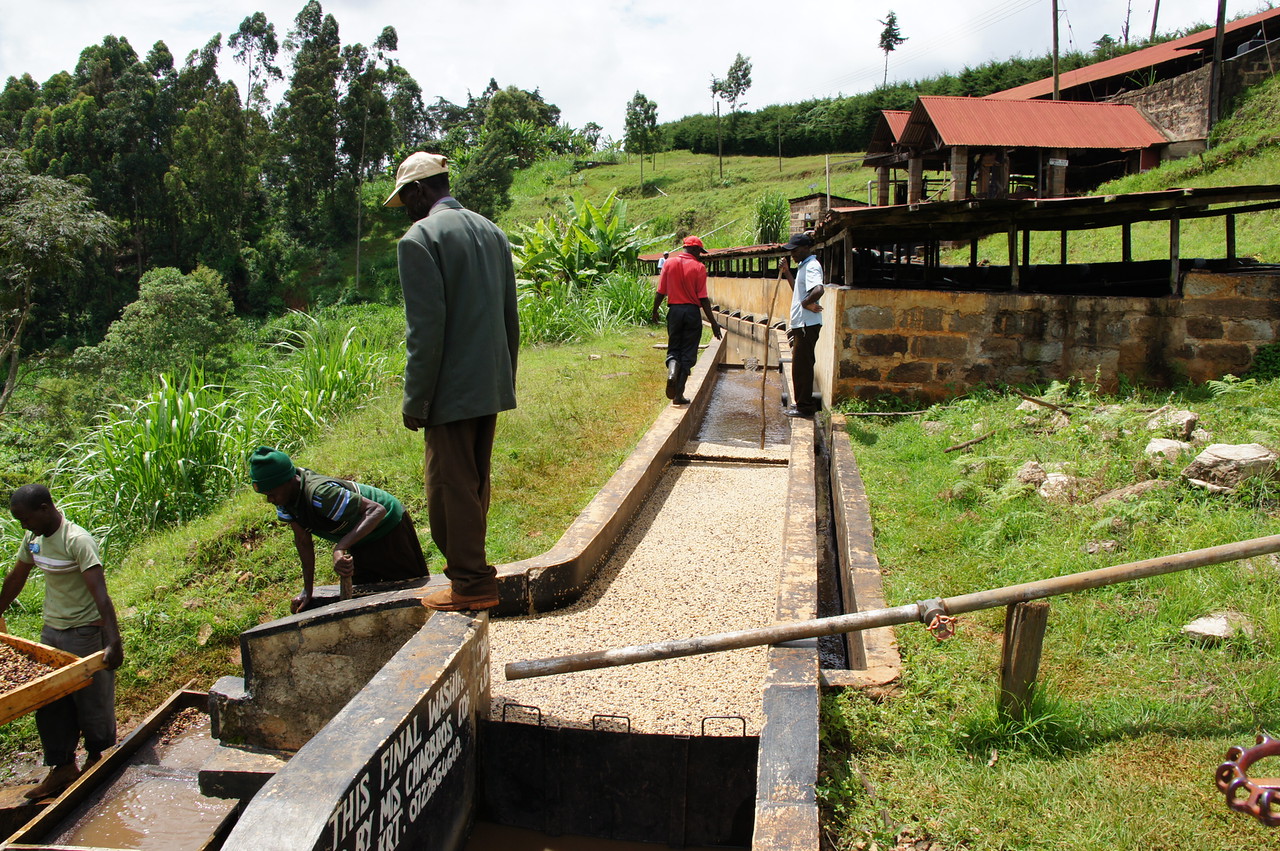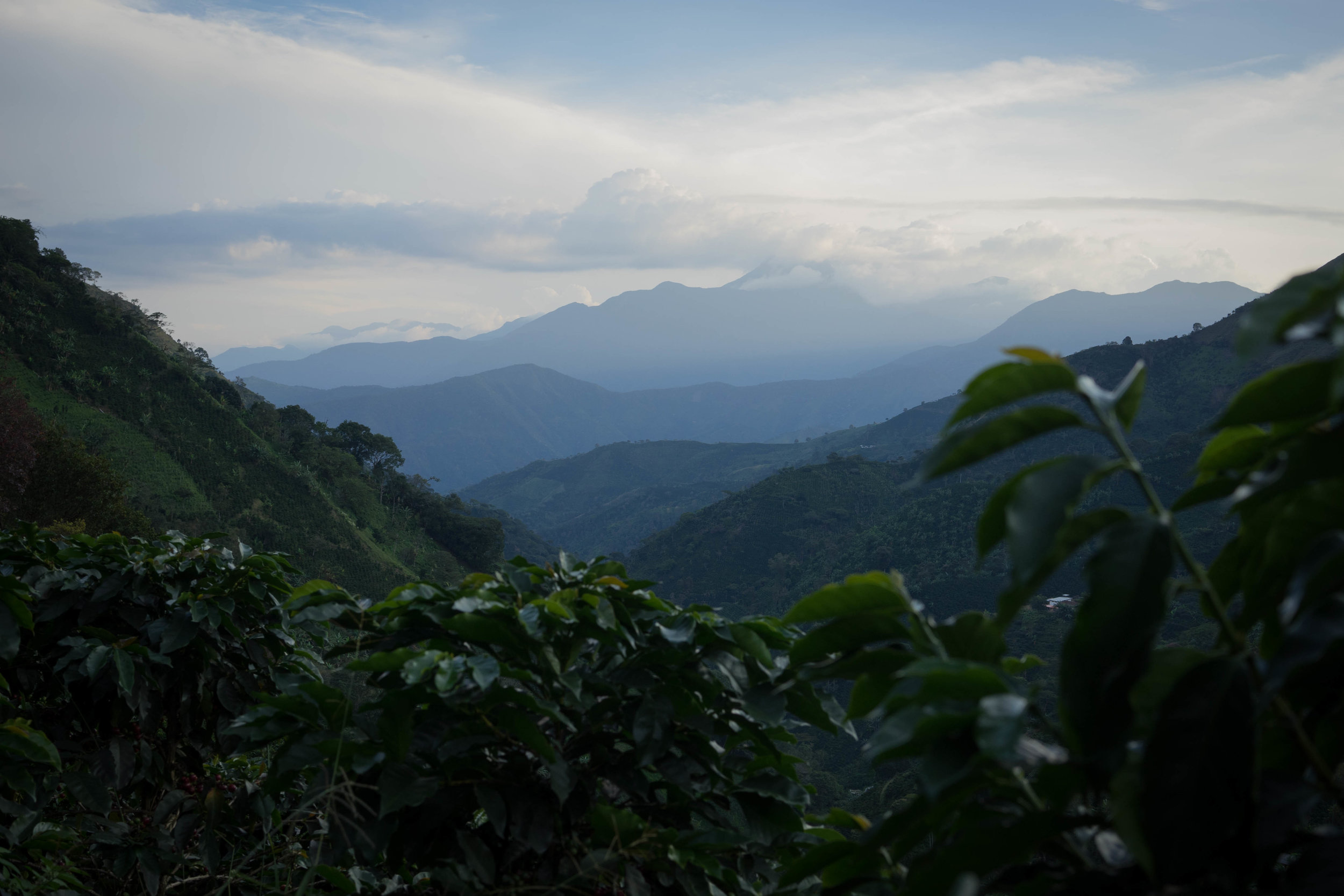2017
Origin trip report from Brazil, 2017
On my most recent trip to Brazil I visited the three main partners we are working with in Minas Gerais. Two of the coffees we work with are in Sul de Minas area of Minas Gerais, Jaguara and Diquinho. We also work with Augusto, in Mantiqueira. He is a 5th Read more…


